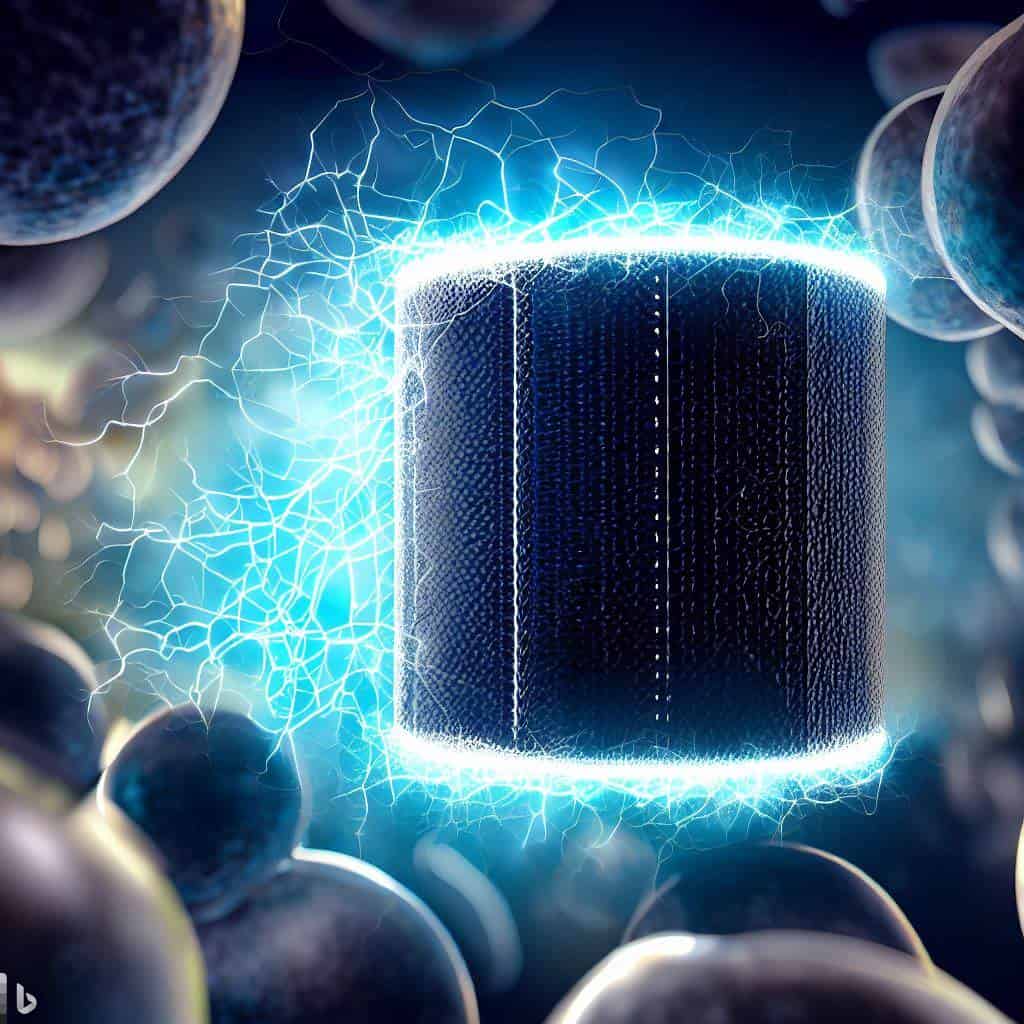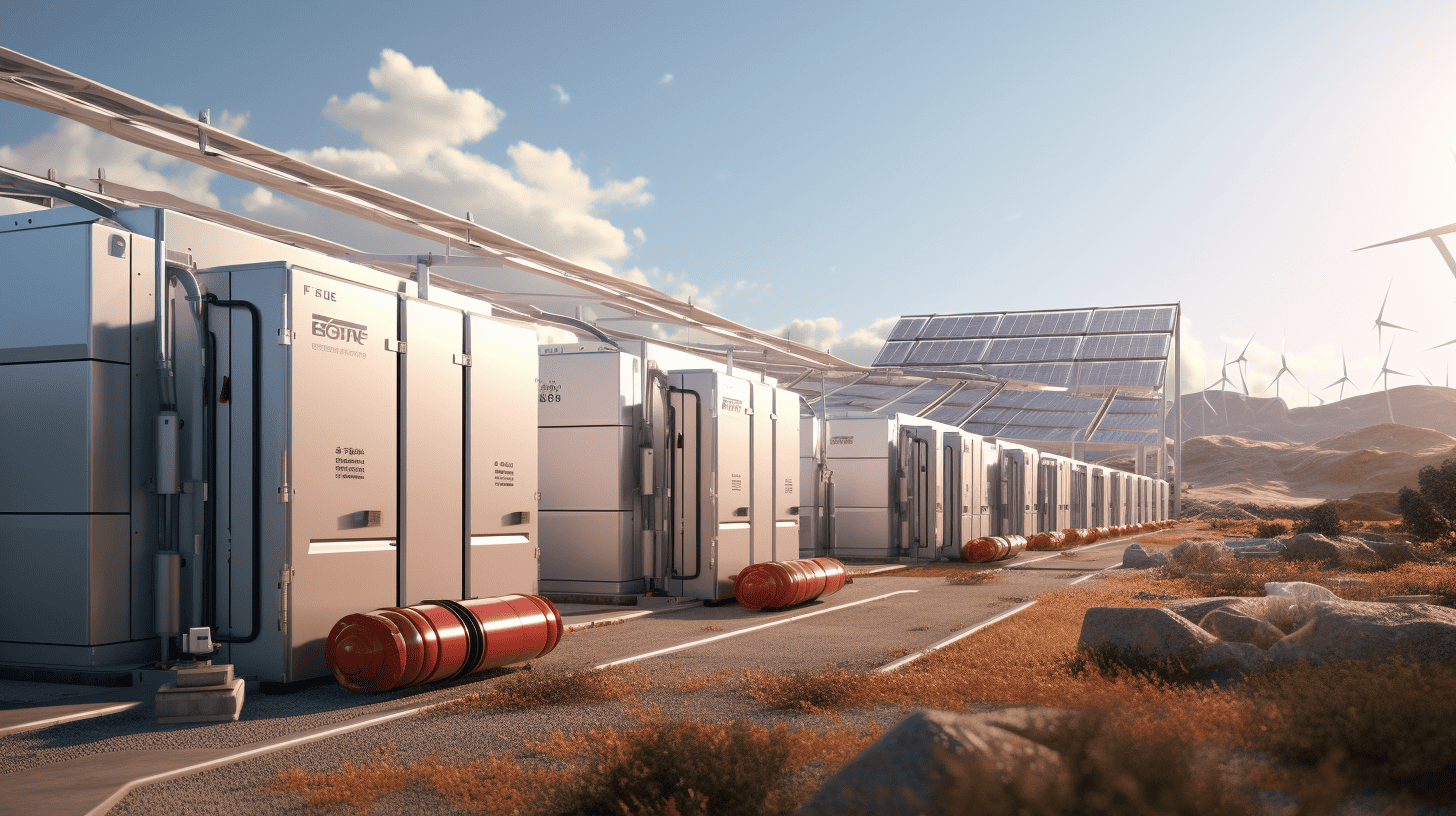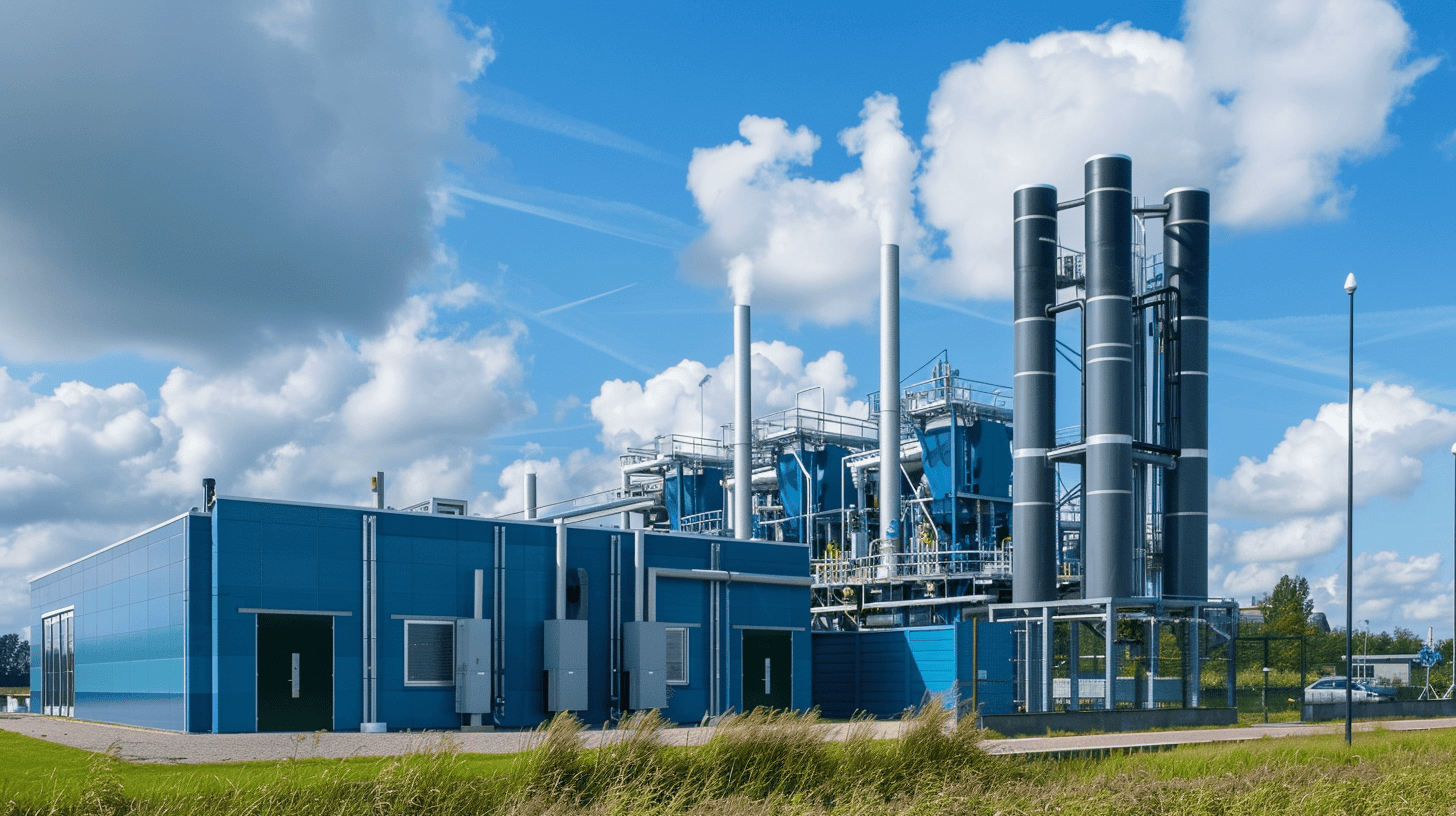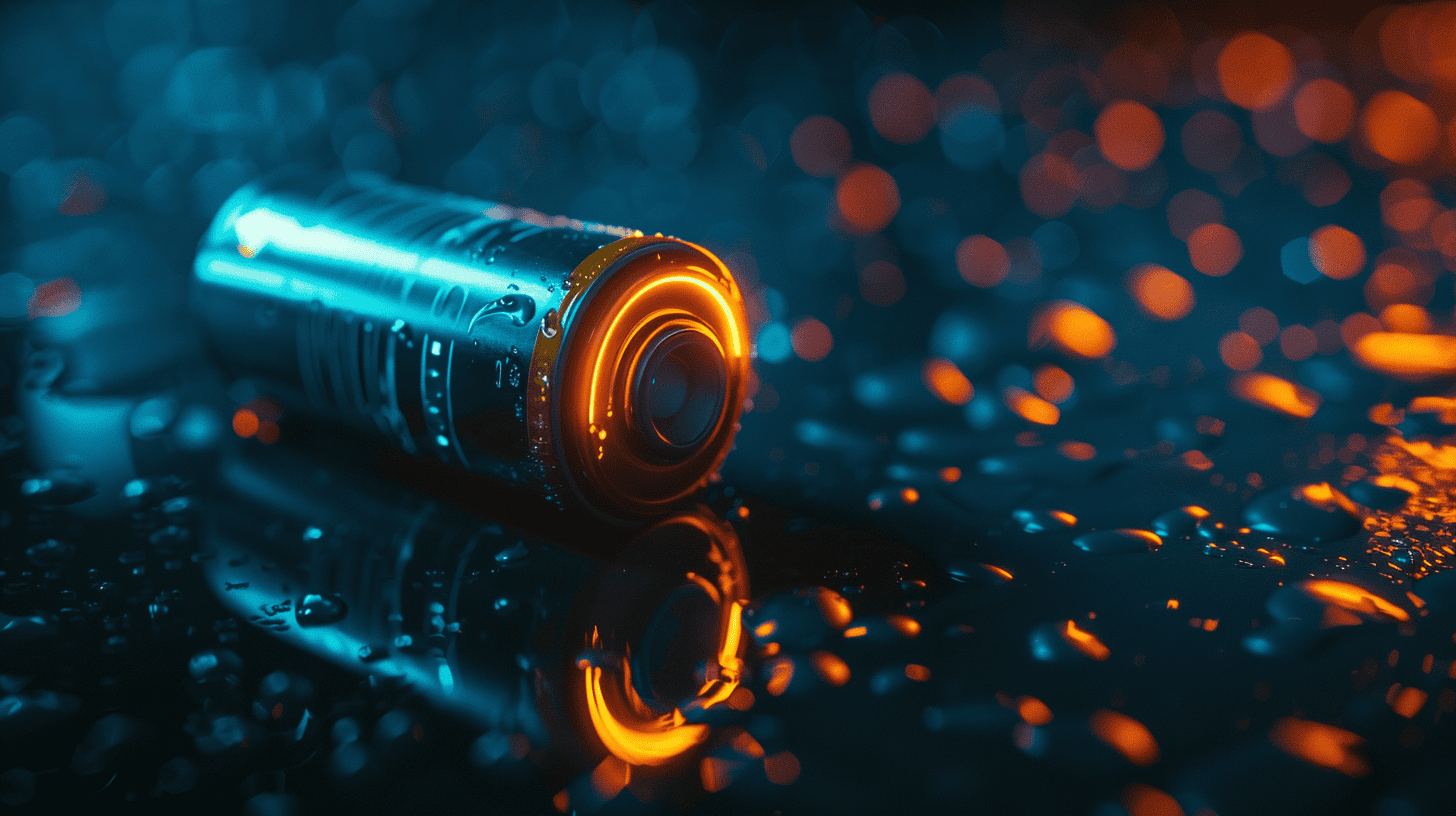
Researchers from the University of Texas at El Paso have made a breakthrough in energy storage by developing a supercapacitor with record energy storage levels. The research team, led by Luis Echegoyen and Marta Plonska-Brzezinska, used a carbon ‘nano-onion’ core structure to achieve these unprecedented levels. Supercapacitors, known for their rapid energy discharge capabilities, have been limited by their energy storage capacity. The newly designed supercapacitor offers a solution to this constraint, opening the door to broader applications in electric vehicles and other machines. The carbon ‘nano-onion’ core structure creates multiple pores for enhanced energy storage, thus delivering the highest capacitance ever recorded.
- Researchers at the University of Texas at El Paso have achieved a breakthrough in energy storage by developing a supercapacitor with record energy storage levels.
- The supercapacitor utilizes a unique carbon ‘nano-onion’ core structure, consisting of concentric shells of graphitic carbon.
- This advancement opens the door to broader applications in electric vehicles and other machines.
The anatomy of a carbon nano-onion
At the heart of this breakthrough is a unique nanostructured form of carbon, known as a carbon nano-onion (CNO). These nanostructures consist of concentric shells of graphitic carbon, resembling an onion’s layered structure. The size of these spherical particles typically ranges from 4 to 25 nanometers. They are also referred to as multi-shelled fullerenes. The preparation of these carbon nano-onions varies, with methods encompassing vacuum annealing of nanodiamonds, graphite arc discharge underwater, flash pyrolysis, ion implantation, vapour deposition, stainless steel autoclave reactions, and laser irradiation. These different methods significantly affect the final physico-chemical properties of the carbon nano-onions, including their size and structure.
The unique properties of carbon nano-onions make them an attractive material for supercapacitor electrodes. They are renowned for their high conductivity, mechanical strength, thermal stability, and corrosion resistance. Additionally, their relatively high surface-to-volume ratio is particularly advantageous for energy storage applications. This ratio increases surface area, enhancing the electrochemical reactions and thereby improving the overall capacitance of the supercapacitor.
Revolutionising capacitance with carbon nano-onions
The carbon nano-onion’s structure has been integral to the success of the researchers at the University of Texas at El Paso. The multiple layers of graphene create numerous pores within the nano-onion, providing a greater volume for energy storage. This innovative design has significantly increased the capacitance of the supercapacitor, allowing it to store a higher amount of electrical energy.
This record energy storage level achieved offers promising prospects for revolutionising energy storage. The ability to store more energy in supercapacitors could have a significant impact on various industries, particularly in electric vehicles and machines that require rapid energy discharge. Supercapacitors with high energy density, enabled by the carbon nano-onion structure, could potentially replace or complement traditional batteries, offering faster charging times, lighter weight, and improved performance.
A step forward in supercapacitor technology
The research conducted by the University of Texas at El Paso team, as published in the journal Scientific Reports, represents a significant milestone in supercapacitor technology. This breakthrough opens the door to broader applications of supercapacitors in energy storage, paving the way for advancements in electric transportation, renewable energy integration, and other areas that require efficient energy management.
Supercapacitors are similar to batteries as they store electrical energy. However, while batteries store and retrieve energy using chemical transformations, capacitors store energy by using oppositely charged surfaces. This fundamental difference allows supercapacitors to charge much faster than batteries – within seconds to fractions of a second. The research team’s development of a supercapacitor that can store more energy promises a significant commercial impact in the future, especially in the realm of electric vehicles and other energy-demanding applications.
Looking ahead: The future of energy storage
The carbon nano-onion structure provides a promising avenue for enhancing the performance and capabilities of supercapacitors. This breakthrough brings us closer to a more sustainable and efficient energy future. As we continue to grapple with the challenges of climate change and the urgent need for cleaner energy solutions, the development of efficient energy storage systems like these carbon nano-onion supercapacitors could play a pivotal role in our transition to a sustainable future.

While the implications of this breakthrough are truly exciting, it is also a reminder of the importance of scientific research and the power of innovation. The development of the carbon nano-onion supercapacitor is a testament to the potential of science to transform our lives and the world around us. The next step will be to see how this technology can be scaled and implemented in real-world applications, bringing us closer to the goal of a sustainable, energy-efficient future.








